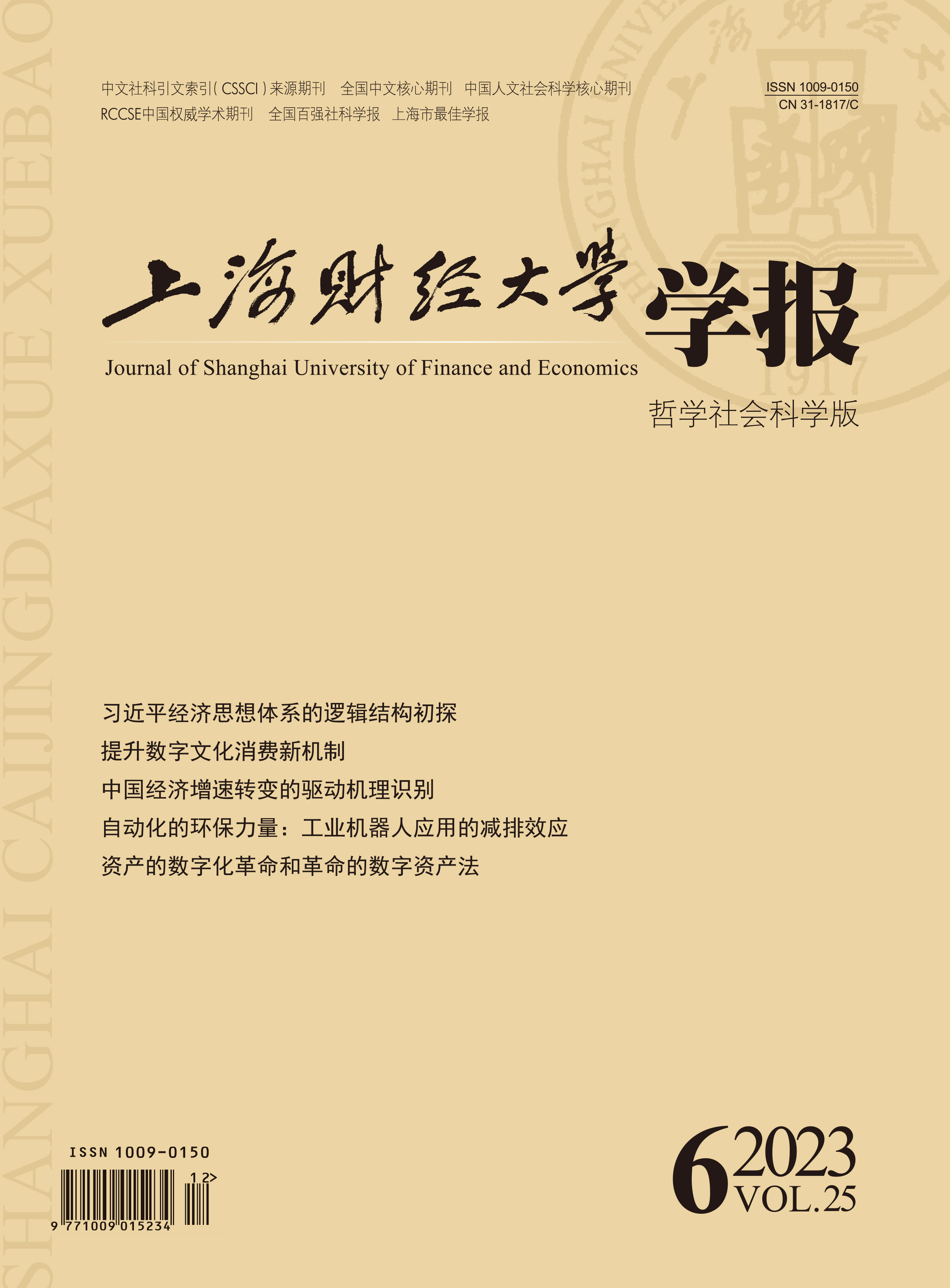New format practitioners belong to the urban employment population, but the characteristics of de-employer work make them lack fixed labor relations. The basic pension insurance for urban employees is built on the basis of fixed labor relations, leading to the majority of new format practitioners being separated from the basic pension insurance for urban employees. In order to achieve the goal of social insurance expansion proposed in the report to the 20th National Congress of the Communist Party of China, it has become one of the critical methods for the government to promote new format practitioners to participate in the basic pension insurance for urban employees. Based on the perspectives of fund sustainability and pension substitution rate, through an actuarial model, this paper explores which contribution index and payment period are the best choice for new format practitioners. First, if new format practitioners pay for 15 years at the contribution index of 0.6, the fund will start to experience cumulative deficits in 2031. Second, if the contribution index remains at 0.6 and the payment periods are 20 and 25 years, the fund will start to experience cumulative deficits in 2032. When the contribution reaches retirement age, the time when the fund starts to experience cumulative deficits will be postponed to 2034, and the pension substitution rate will increase with the increase of the payment period. Third, if the contribution reaches retirement age and the contribution index increases from 0.7 to 3, the time when the fund begins to experience accumulated deficits will be postponed to 2035-2045, but the pension substitution rate will decrease with the increase of the contribution index. It can be seen that fund sustainability and the pension substitution rate are positively correlated with the payment period. The longer the payment period, the better, and the best payment is until retirement age; fund sustainability is positively correlated with the contribution index, but the pension substitution rate is negatively correlated with the contribution index. In order to keep the pension substitution rate in the moderate range of 60%-70%, the optimal choice of the contribution index is 2 if the payment period reaches retirement age. The pension substitution rate is 62.48% and fund sustainability is also strong; considering the reality that the income level and payment ability of new format practitioners are low, the suboptimal choice of the contribution index is 1.
 / Journals / Journal of Shanghai University of Finance and Economics
/ Journals / Journal of Shanghai University of Finance and EconomicsJournal of Shanghai University of Finance and Economics
LiuYuanchun, Editor-in-Chief
ZhengChunrong, Vice Executive Editor-in-Chief
GuoChanglin YanJinqiang WangWenbin WuWenfang, Vice Editor-in-Chief
Participation Choice of Pension Insurance for New Format Practitioners: Is the Higher the Contribution Index and Payment Period, the Better? Based on the Perspectives of Fund Sustainability and Pension Substitution Rate
Journal of Shanghai University of Finance and Economics Vol. 25, Issue 06, pp. 73 - 87 (2023) DOI:10.16538/j.cnki.jsufe.2023.06.006
Summary
References
Summary
Cite this article
Zeng Yi, Lin Yiyang. Participation Choice of Pension Insurance for New Format Practitioners: Is the Higher the Contribution Index and Payment Period, the Better? Based on the Perspectives of Fund Sustainability and Pension Substitution Rate[J]. Journal of Shanghai University of Finance and Economics, 2023, 25(6): 73-87.
Export Citations as:
For
ISSUE COVER
RELATED ARTICLES




 3702
3702  5503
5503

